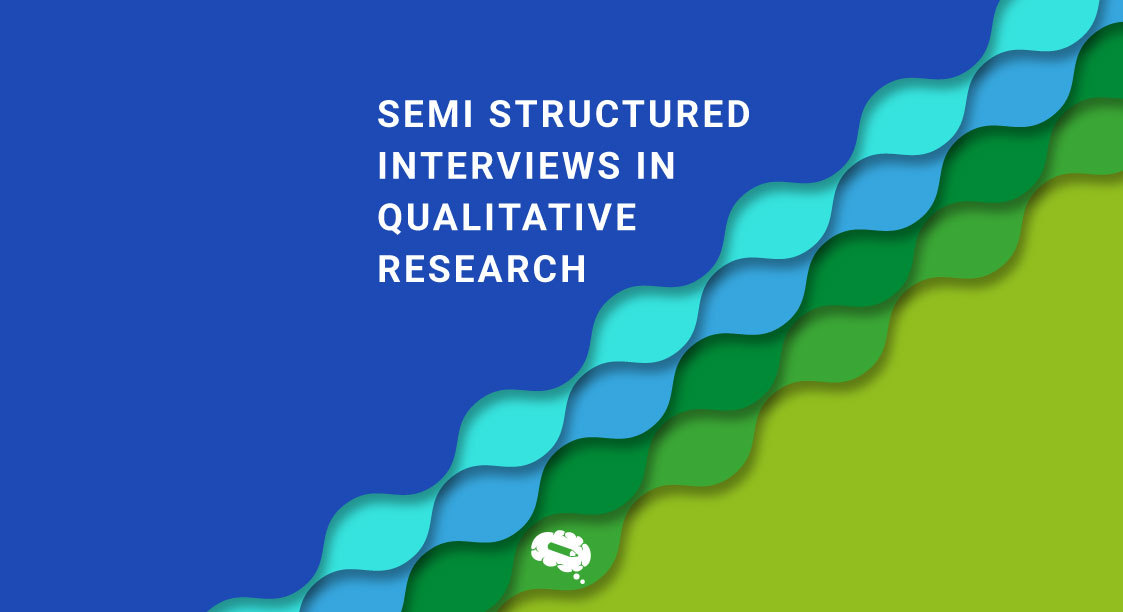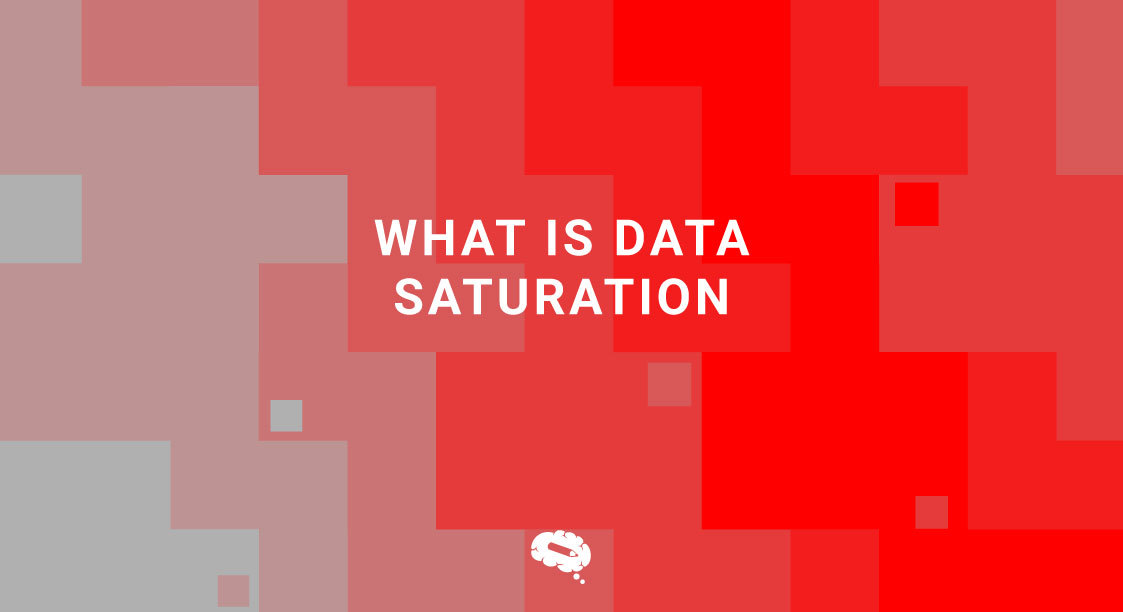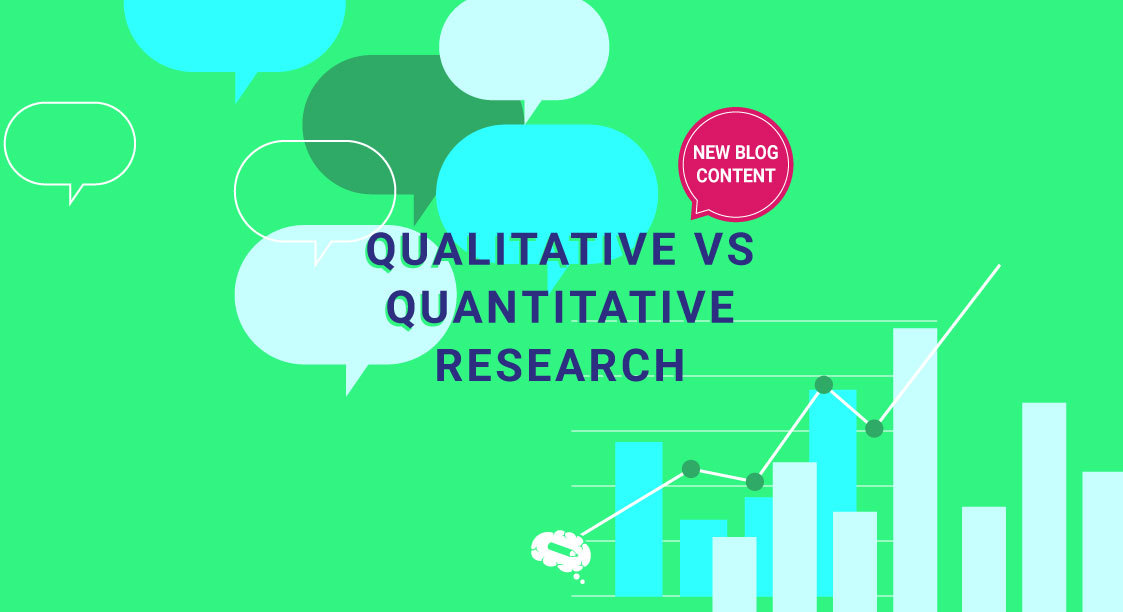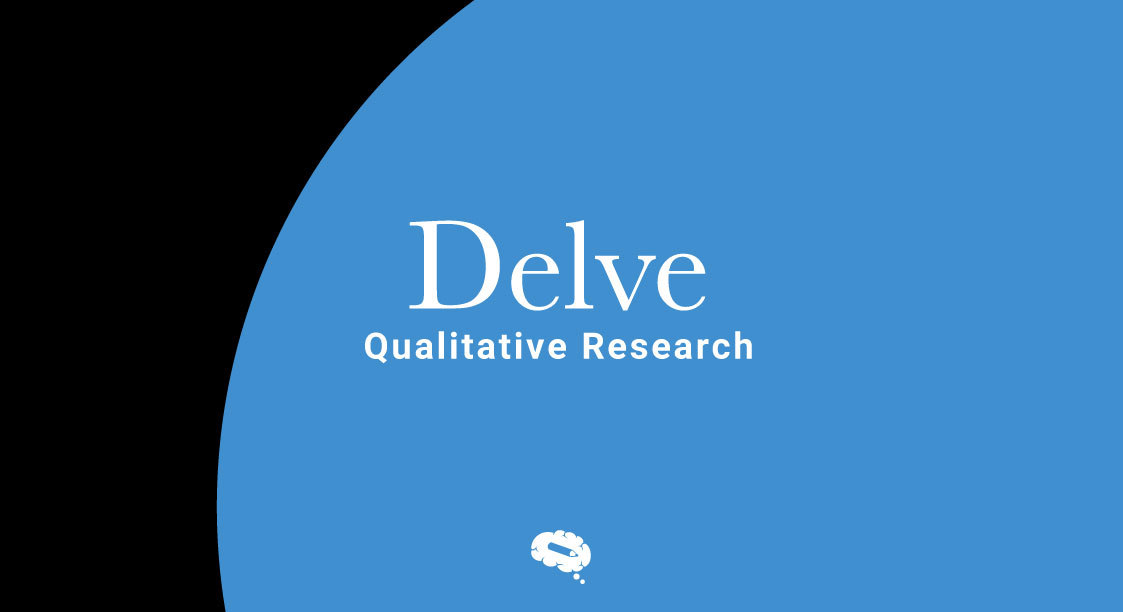Qualitative research explores the rich complexities of human experiences, perceptions, and meanings. In the research area, semi-structured interviews emerge as a versatile method to gather in-depth insights from participants. Unlike rigidly structured interviews, semi-structured interviews provide a flexible framework that combines predetermined questions with the freedom to explore emergent topics and probe deeper into participants’ thoughts and experiences. This article aims to show the purpose, benefits, and best practices of utilizing semi-structured interviews in qualitative research. By understanding how this approach facilitates a nuanced exploration of research questions, researchers can harness its potential to capture the multifaceted nature of human phenomena and gain rich and meaningful data that enhances the understanding of diverse social, psychological, and cultural phenomena.
What Are Semi-structured Interviews In Qualitative Research?
A semi-structured interview is a qualitative research method that combines aspects of both structured and unstructured interviews. In a semi-structured interview, the researcher prepares a set of predetermined questions or topics to guide the conversation with the participant, but there is also room for flexibility and follow-up questions based on the participant’s responses. This allows for a more conversational and exploratory approach, enabling the researcher to delve deeper into specific areas of interest and capture detailed and nuanced information.
Also read: What’s the Difference: Qualitative vs Quantitative Research?
Semi-structured interviews enable researchers to explore participants’ perspectives, experiences, and perceptions in-depth. They can uncover rich narratives, personal insights, and contextual details that may not emerge in more standardized interview formats. The open-ended nature of semi-structured interviews allows for a holistic understanding of the research topic and captures the complexity of human experiences.
The Purpose Of Semi-Structured Interviews
Semi-structured interviews serve as a dynamic means of collecting qualitative data, allowing researchers to engage in a conversation with participants while maintaining a certain level of flexibility. These interviews enable researchers to explore research questions, delve into participants’ perspectives, and gain a comprehensive understanding of the studied phenomena. The purpose of semi-structured interviews extends beyond factual information; it aims to uncover participants’ perceptions, beliefs, values, and emotions, providing valuable insights into their subjective experiences.
When To Use A Semi-Structured Interview?
When conducting qualitative research, the decision to use a semi-structured interview approach is influenced by various factors. Semi-structured interviews are particularly suitable when exploring complex and multifaceted topics that require full understanding. They are valuable when researchers aim to capture participants’ perspectives, experiences, and narratives in a flexible and open-ended manner. Semi-structured interviews are effective when the research objectives involve exploring diverse viewpoints, identifying patterns and themes, and gaining insights into individuals’ thoughts and emotions. Additionally, this approach is advantageous when researchers seek to establish rapport and build a collaborative relationship with participants, as it allows for meaningful and interactive conversations. The use of semi-structured interviews empowers researchers to investigate the richness of participants’ experiences while maintaining a level of versatility and adaptability in data collection.
Benefits Of Semi-Structured Interviews
Flexibility and Adaptability: Semi-structured interviews offer a balance between structure and flexibility, allowing researchers to adapt their questioning based on participant responses. This approach enables researchers to examine specific areas of interest, explore unexpected avenues, and capture nuanced information that may not emerge in rigidly structured interviews.
Participant-Centered Approach: Semi-structured interviews place participants at the center of the research process, valuing their perspectives and experiences. By creating a conversational and comfortable atmosphere, researchers can foster trust and rapport, encouraging participants to share their thoughts openly. This approach facilitates a collaborative and co-constructed knowledge-building process, capturing the complexity of participants’ lived experiences.
In-Depth Exploration: Through semi-structured interviews, researchers can delve deeply into participants’ narratives, unraveling intricate details and uncovering hidden meanings. The open-ended nature of these interviews allows for rich descriptions, personal anecdotes, and contextual insights, enabling researchers to gain a comprehensive understanding of the research topic.
Disadvantages Of Semi-Structured Interviews
While semi-structured interviews offer several benefits, it is important to consider their potential disadvantages in qualitative research. One disadvantage is the possibility of interviewer bias or influence. As the interviewer plays an active role in guiding the interview, their personal biases, assumptions, or interpretations may inadvertently shape the participants’ responses. This can compromise the objectivity of the data collected. Another challenge is the time-consuming nature of semi-structured interviews. Conducting interviews, transcribing, and analyzing the data can be a lengthy process, requiring substantial time and resources.
Also read: A Problem Called Sampling Bias
Additionally, the quality of the data obtained may depend on the interviewer’s skills and experience in conducting interviews and eliciting rich responses from participants. If the interviewer lacks proper training or expertise, the quality and depth of the data collected may be compromised. Lastly, the open-ended nature of semi-structured interviews may lead to a vast amount of qualitative data that can be challenging to analyze and interpret, requiring careful attention and rigorous analysis techniques.
Key Considerations For Conducting Semi-Structured Interviews
After confirming that a semi-structured interview aligns with the research topic, the following sequential steps are used to prepare and conduct a semi-structured interview:
Step 1: Define The Objective And Research Scope
Begin by clarifying the purpose of the semi-structured interview and why it is the most suitable research method for the study. Consider the specific knowledge or insights that are intended to be gained through the interview process.
Step 2: Develop Well-Designed Interview Questions
Craft the interview questions to be open-ended, simple, and concise. Take care with the choice of words, particularly when discussing sensitive topics. Ensure that the questions allow for participants to provide detailed and nuanced responses.
Step 3: Identify The Target Group(s) For The Interview
Determine the specific population or groups to engage with during the semi-structured interview. Depending on the size of the target group, utilize random or stratified sampling techniques to select a representative sample. Alternatively, if the group is small, the interview may be with all potential participants.
Step 4: Plan The Logistics Of The Interview
Decide on the details of how, when, and where the interview will take place. Obtain consent from participants and provide them with advance notice of the interview date, time, and location. Choose an environment conducive to open and comfortable communication.
Step 5: Conduct The Interviews
Initiate the interviews by engaging in a casual conversation to establish rapport and build trust with the participants. During face-to-face interviews, actively listen to respondents, paying attention to their non-verbal cues such as body language, gestures, and vocal changes. Maintain a non-judgmental, empathetic, and friendly demeanor throughout the interview process.
Step 6: Transcribe The Interview Recordings
Transcribe the audio or video recordings of the semi-structured interviews. Transcription converts spoken content into written form, aiding in data analysis. Seek appropriate resources or tools to assist you in effectively transcribing the interviews.
Step 7: Code And Categorize The Data
Next, analyze the data collected from the semi-structured interviews. Coding involves carefully examining the transcribed data to identify recurring patterns, themes, and categories. This process helps in organizing and making sense of the information obtained. Consider using specialized coding interview software to streamline this task.
Also read: Mastering Analysis: The Role of Codebook Qualitative Research
Step 8: Analyze The Coded Data
Once the coding process is complete, analyze the coded data to gain meaningful insights. Utilize qualitative data analysis tools, such as Delve, to explore the data more deeply and uncover valuable findings. Draw connections between themes and patterns to develop a comprehensive understanding of the interview outcomes.
Step 9: Present Findings In A Research Paper Or Report
Transform the analysis into a coherent narrative by presenting the results in a research paper or report. Communicate the story behind the data, emphasizing key insights and supporting evidence. Structure the paper to effectively convey the significance and implications of findings in relation to research objectives.
Add Visual Impact To Your Posters With Scientific Illustrations And Graphics
Mind The Graph platform revolutionizes scientific communication by empowering scientists to add visual impact to their posters through scientific illustrations and graphics. With a user-friendly interface and a vast library of pre-designed elements, researchers can effortlessly create visually captivating posters that effectively convey complex scientific concepts. The platform offers a wide range of customizable templates, allowing scientists to tailor their posters to their specific research needs. Whether presenting at conferences, sharing research with colleagues, or publishing scientific papers, Mind the Graph empowers scientists to create visually stunning posters that leave a lasting impression and elevate the impact of their scientific work.

Subscribe to our newsletter
Exclusive high quality content about effective visual
communication in science.





